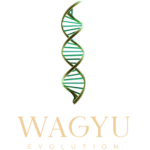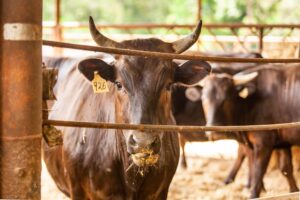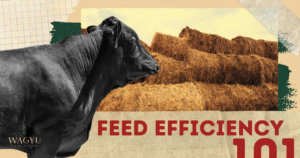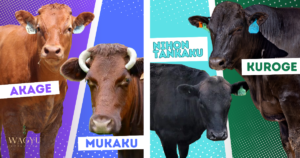How Shin 4 and the Shiniyada Line Elevated Wagyu Breeding
Table of Contents
Who is Shin 4?
Shin 4 son of Yatsutani Doi and a paternal brother to the legendary Yasufuku originates from the The Shiniyada 4 lineage originates from Okayama Prefecture, situated in the Chugoku region of Honshu, Japan. This regional specificity is a common characteristic within the Wagyu industry, where various prefectures have cultivated unique strains and established distinct brands, such as Kobe, Matsusaka, and Ohmi beef, all of which trace their origins to the Tajima lineage, or the Iwate Japanese Shorthorn. The historical practice of developing “tsuru” (superior bloodlines) through aggressive inbreeding in western Japan during the Edo period (1603–1867) suggests a long-standing precedent for the highly selective breeding practices that ultimately led to the establishment of such foundational lineages.
While specific traits attributed solely to the Shiniyada 4 lineage are not exhaustively detailed in the available information, its integral presence in the maternal line of Yasusakae, identified as a “representative successor bull from Yasufuku’s hometown, Gifu Prefecture” , strongly implies its contribution to the desirable traits observed in Yasusakae’s offspring. Yasusakae is particularly noted for his “particularly good carcass performance in inbred offspring with Yasufuku’s daughters”. This indicates that the Shiniyada 4 lineage, as a component of Yasusakae’s maternal genetics, contributes to high-quality meat traits, especially when line-bred with other strong genetic lines like that of Yasufuku.
The direct connection of Shin 4, the grandsire of Yasusakae, to the Shiniyada 4 lineage from Okayama firmly establishes the lineage’s importance in the pedigree of a bull renowned for consistently producing carcass performance, even when bred with dams of average ability. Furthermore, the mention of “Hyogo’s Monpyo lineage” in the third and fourth generations of Shin 4’s maternal line points to a blend of established, high-capability maternal lines contributing to Yasusakae’s overall genetic success. This demonstrates that while Wagyu brands are often associated with specific regions, successful breeding frequently involves the strategic blending of superior genetics from diverse regional origins. This approach goes beyond rigid regional isolation, indicating a sophisticated, multi-prefectural exchange of genetic material to optimize overall breed performance. The drive for optimal traits leads to cross-regional genetic exchange, fostering a more robust and adaptable gene pool.
Notable Progeny and Genetic Impact
Yasusakae is recognized as the “representative successor bull from Yasufuku’s hometown, Gifu Prefecture,” and was extensively utilized as the “first breeding bull of Yasufuku’s offspring” for many years. His maternal line, Shin 4, directly descends from the Okayama’s Shiniyada 4 lineage, with additional genetic influence from Hyogo’s Monpyo lineage in earlier generations. This firmly establishes the Shiniyada 4 lineage’s indirect yet significant contribution to Yasusakae’s genetic profile and, by extension, to his progeny.
Yasusakae’s notable strengths include “particularly good carcass performance in inbred offspring with Yasufuku’s daughters”. This indicates that the Shiniyada 4 lineage, through its influence on Yasusakae, contributes to superior meat quality traits, particularly when line-bred with other strong genetics such as those from Yasufuku. The observation that “If the dam possesses average-level abilities, consistent results are achieved” with Yasusakae suggests a strong genetic prepotency for desirable traits, which can be linked to the robust maternal lines in his pedigree, including the Shiniyada 4 lineage. However, it is also noted that cows with “narrow shoulders may show variability in fattening performance”, highlighting a specific area where careful selection of dams remains necessary, even with a strong sire line.
References
- 小野健一. 日本名牛百選〔改訂版〕(pp.13-22). 肉牛新報社.



